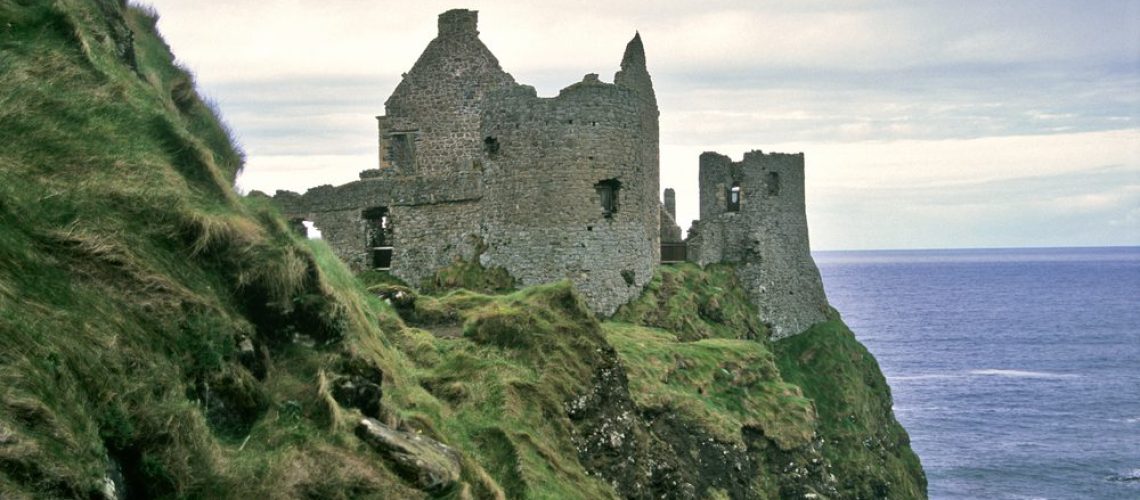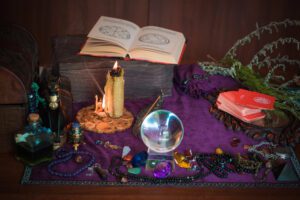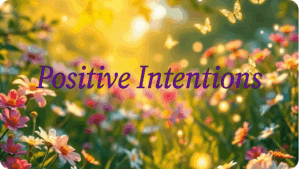The Emerald Isle is a poetic nickname for Ireland, known for its lush, green landscapes and rolling hills. The name captures the country’s verdant scenery, which results from its mild climate and frequent rainfall. Ireland’s rich cultural heritage, including its folklore, music, and history, is as vibrant as its landscape, making it a place of enchantment and mystery. The term “Emerald Isle” reflects both the natural beauty and the deep cultural roots that define Ireland.
The Emerald Isle is a land steeped in ancient myths and enchanting folklore. Every corner of this magical land holds tales of legendary creatures and mystical beings, from the rolling green hills to the misty valleys. Among these, the legends of leprechauns and the rich fairy lore stand out, captivating the imagination of locals and visitors alike.
The Leprechaun: Ireland’s Mischievous Fairy
Leprechauns are undoubtedly one of the most iconic figures in Irish folklore. These diminutive, bearded fairies are often depicted as old men dressed in green coats and buckled shoes with a penchant for mischief and solitary living. According to legend, leprechauns are shoemakers by trade, crafting shoes for other fairies who dance their nights away. Their work is said to be impeccable, but it’s their hidden pots of gold that genuinely capture attention.
The tale goes that if you catch a leprechaun, he must grant you three wishes or lead you to his pot of gold. However, outsmarting a leprechaun is no easy feat. Known for their cunning and trickery, they often use their wits to escape capture. Stories abound of humans being deceived by leprechauns’ clever ploys, ending up empty-handed despite their best efforts.
Origins and Evolution
The origins of leprechauns are thought to date back to Celtic mythology. The word “leprechaun” is derived from the Old Irish term “luchorpán,” meaning “small body.” Early references to leprechauns can be found in medieval texts, where they were considered water spirits or guardians of hidden treasures.
Over time, the image of the leprechaun evolved. The 19th century saw the rise of the modern depiction we recognize today—thanks in part to Irish literature and American popular culture, which embraced and popularized the image of the leprechaun as a symbol of Ireland.
Fairy Lore: The Otherworldly Inhabitants
Beyond leprechauns, Ireland’s fairy lore is a rich tapestry woven with stories of various supernatural beings. Fairies, or “sidhe,” are believed to inhabit an invisible world parallel to our own. This world, often called the “Otherworld,” is accessible through ancient mounds, stone circles, or mysterious caves scattered across the Irish landscape.
The Tuatha Dé Danann
Central to Irish fairy lore are the Tuatha Dé Danann, a race of god-like beings who were said to possess great wisdom and magical powers. According to myth, they arrived in Ireland on dark clouds and brought with them four magical treasures: the Stone of Destiny (Lia Fáil), the Spear of Lugh, the Sword of Nuada, and the Cauldron of Dagda.
After being defeated by the Milesians—ancestors of the modern Irish—the Tuatha Dé Danann retreated into the Otherworld, becoming known as fairies. They are often depicted as tall, radiant beings who can bestow blessings or curses upon humans.
The Banshee
Another prominent figure in Irish folklore is the banshee, a female spirit known for her mournful wail. The banshee is believed to foretell death in a family; her eerie cries warn of impending loss. Descriptions of the banshee vary—some say she appears as a beautiful young woman, while others claim she takes the form of an old hag.
Despite her ominous role, the banshee is not malevolent. Instead, she is seen as a guardian spirit who watches over families with compassion and sorrow for their inevitable grief.
Folklore in Everyday Life
Fairy lore is integral to Irish culture, influencing everything from place names to customs and superstitions. Belief in fairies remains strong in rural areas, where stories of fairy rings or fairy forts—circular earthen mounds believed to be entrances to the Otherworld—are still told with reverence.
It’s considered bad luck to disturb these sites; farmers often plant around them rather than risk incurring the wrath of the fairies. In fact, roads have been rerouted to avoid disrupting fairy forts—a testament to how deeply embedded these beliefs are in Irish society.
Fairy Trees and Sacred Groves
Another element of fairy lore involves fairy trees—usually hawthorn trees—that stand alone in fields or near sacred sites. These trees are believed to be portals between worlds or homes for fairies. It’s customary to leave offerings at fairy trees as tokens of respect or to seek favor from the fairies.
In recent years, stories have emerged about construction projects being halted or altered due to concerns over disturbing fairy trees. Such tales illustrate how ancient beliefs continue to influence modern decisions in Ireland.
The Modern Influence of Fairy Lore
While some might view these tales as mere superstition, they hold significant cultural value for many Irish people. Fairy lore provides a connection to Ireland’s past—a link to ancestors who lived in harmony with nature and respected its mysteries.
Today, fairy-themed attractions and festivals celebrate this rich heritage. Places like Brigit’s Garden in County Galway offer visitors a chance to experience Celtic mythology through beautifully crafted gardens inspired by ancient traditions. Meanwhile, annual events like the Púca Festival celebrate Halloween’s origins in Samhain—a Celtic festival marking the end of the harvest season and a time when spirits were believed to roam freely.
The legends of leprechauns and fairy lore are an integral part of Ireland’s cultural fabric—a blend of history, myth, and imagination that continues to captivate audiences worldwide. Whether through cautionary tales about mischievous leprechauns or stories honoring benevolent fairies who watch over families, these narratives offer glimpses into a world where magic is always possible if you know where—and how—to look.
In embracing these legends, we honor Ireland’s rich storytelling tradition and our innate wonderment at life’s mysteries. As long as tales are left untold beneath Ireland’s emerald canopy—or whispered among her ancient stones—the magic will endure for generations yet unborn.
Bringing Irish Magic into Your Celebrations
With its rich tapestry of folklore, music, and traditions, Ireland offers a wealth of magical elements that can add a unique touch to any celebration. Whether planning a festive gathering, wedding, or a simple get-together with friends, infusing Irish magic can create an enchanting atmosphere that leaves a lasting impression. Here’s how you can bring the magic of the Emerald Isle into your celebrations:
Embrace Irish Folklore
Start by incorporating elements of Irish folklore into your celebration. Share tales of leprechauns, fairies, and the mystical Tuatha Dé Danann with your guests. You could even create themed decorations inspired by these legends, such as fairy lights, miniature pots of gold, or Celtic symbols. Setting up a “story corner” where guests can read or listen to Irish myths can add an engaging layer to the festivities.
Serve Traditional Irish Cuisine
Nothing brings people together like food. Serve traditional Irish dishes to give your celebration an authentic flavor. Consider offering classics like Irish stew, colcannon (mashed potatoes with cabbage), or boxty (potato pancakes). For dessert, try serving barmbrack (a fruit bread) or Bailey’s cheesecake. To complete the culinary experience, provide a selection of Irish whiskies or craft beers for an authentic taste of Ireland.
Incorporate Celtic Music and Dance
Music and dance are integral to Irish culture and can infuse your celebration with energy and joy. Create a playlist featuring traditional Irish folk music, including lively jigs, reels, and ballads. Hire a local band specializing in Irish music or organize a ceilidh (traditional Irish folk dance) to get everyone moving. Teaching your guests a few simple Irish dance steps can be fun and interactive, engaging them in the celebration.
Use Celtic Symbols in Décor
Incorporate Celtic symbols into your decorations to add an element of mystique and tradition. Use motifs like the Celtic knot, triskelion, or Claddagh ring in invitations, table settings, or party favors. These symbols are visually striking and carry deep meanings related to eternity, unity, and love—perfect for adding depth to any celebration.
Host an Irish Blessing Ceremony
Consider including an Irish blessing ceremony as part of your event. These blessings can be heartfelt and poetic, offering well wishes for health, happiness, and prosperity. An Irish toast or blessing can be shared during a toast or as part of the event’s opening or closing remarks, setting a warm and welcoming tone for the occasion.
Create a Fairy Garden
Set up a fairy garden for outdoor celebrations—a small, whimsical space dedicated to fairies and other magical creatures. To create an enchanting scene, use miniature plants, stones, and decorative elements like tiny fairy houses or bridges. This can serve as both a beautiful focal point and a conversation starter for guests.
Celebrate with Seasonal Traditions
Align your celebration with one of Ireland’s seasonal festivals to enhance the magical atmosphere. For example, Samhain (October 31st) is the origin of Halloween and is associated with spirits and ancestors. Imbolc (February 1st) celebrates the coming of spring and is linked to Brigid, the goddess of poetry and healing. Incorporating elements from these festivals—such as lighting candles for Imbolc or carving turnip lanterns for Samhain—can add depth and authenticity to your event.
Offer Irish-Inspired Keepsakes
Send your guests home with Irish-inspired keepsakes to remind them of the magic they experienced at your celebration. Consider giving small tokens like shamrock plant kits, Celtic jewelry, or handmade soaps infused with traditional Irish scents like peat or heather.
Bringing Irish magic into your celebrations can transform any gathering into an unforgettable experience filled with warmth, joy, and enchantment. By embracing Ireland’s rich cultural heritage through storytelling, music, food, and meaningful symbols, you can create an atmosphere that resonates with the spirit of the Emerald Isle. Whether you’re hosting an intimate gathering or a grand affair, these ideas will help you weave the magic of Ireland into your special occasion, leaving guests spellbound by its charm.



